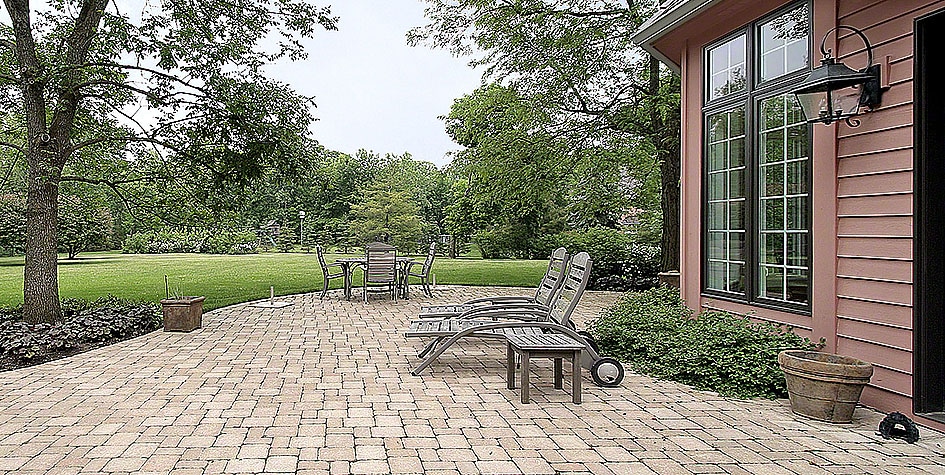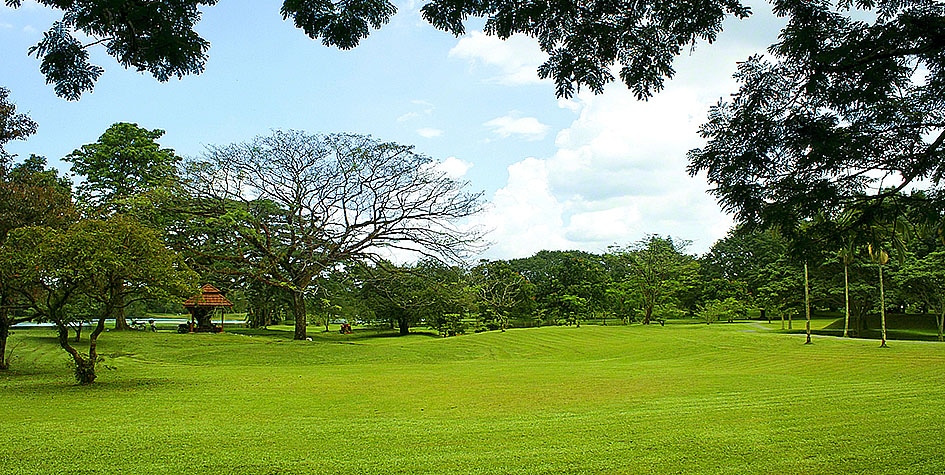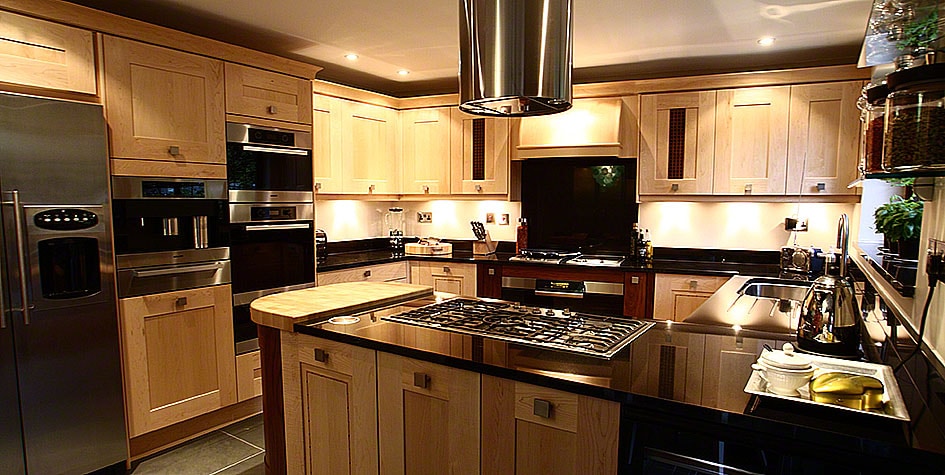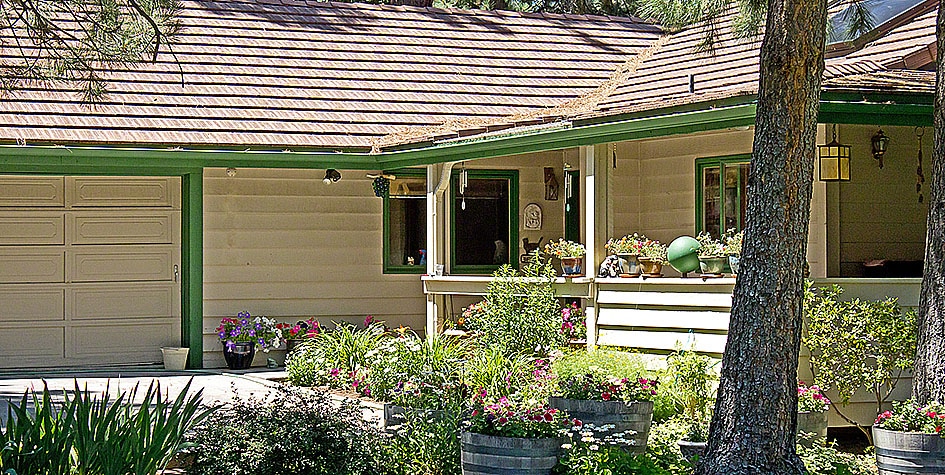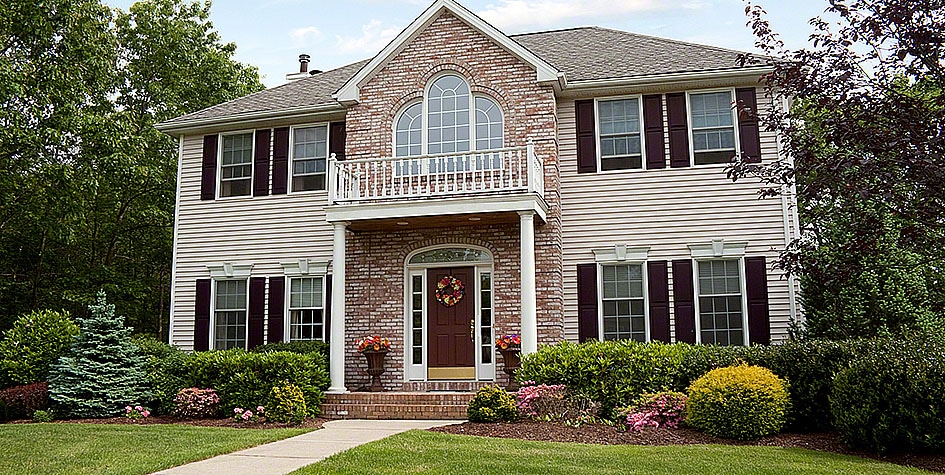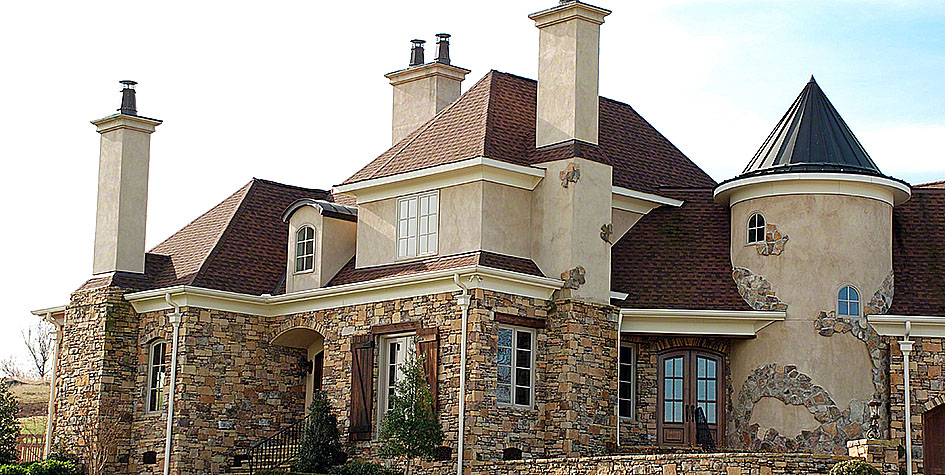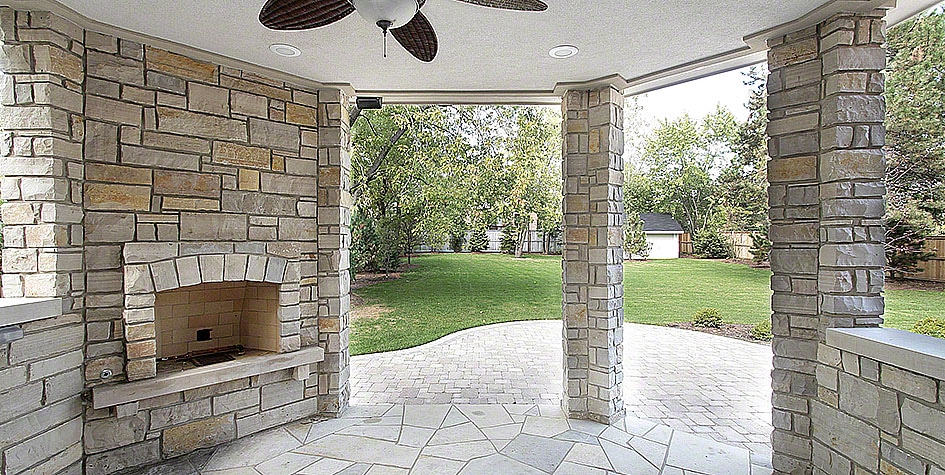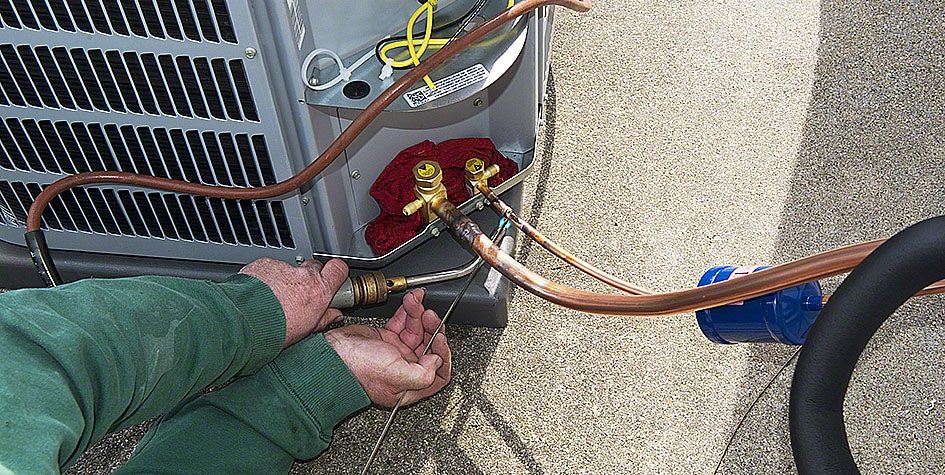Introduction
Paving has been a trend for exterior flooring for centuries. However, the trend has seemed to shift now and outdoor tiles have gained popularity in recent years.
Many materials used for paving now have their tile equivalents that are used for the exterior flooring. Stick around to get a better grip on which materials masonry contractors prefer for maximum functionality and visual aesthetics for your home exterior.
Types of Stones used in the outdoor
There are many types of patio stones that can be used, given they are durable and properly sealed. Sealing is important because it prevents moisture from entering the pores of the stones.
Sandstone Vs Sandstone Effect Porcelain Tiles
Sandstone has been a popular material for outdoor tiles among people. It is mostly because sandstone not only has a smooth surface texture but it also beautifies the outlook of the space it is utilized in.
Sandstone is a very porous stone, which means it absorbs water and is more prone to frost damage. Another damage that water absorption causes are that it fades away the natural shades of the stone. Due to that, it requires sealing in order to prevent water seepage into the stone.
However, as compared to the sandstone effect porcelain tiles, sandstone still dulls away faster. An advantage that porcelain tiles hold over sandstone is that the adhesive used for fixing the tiles is weatherproof. Therefore, porcelain tiles have a longer lifespan.
Granite Vs Granite Effect Porcelain Tiles
Granite is one of the most expensive materials used for outdoors. It is extremely durable, hard and visually pleasing. However, it is a highly porous stone. Therefore, like sandstone, it can be easily damaged due to moisture and fading. Natural granite is also prone to scratches. However, it can last for a long time if it is taken care of.
On the other hand, granite effect porcelain tiles are made up of a finer grain clay. It is also more durable in nature and less porous. They require less maintenance and do not require to be sealed, unlike natural granite.
How to maintain natural stones?
Most natural stones are porous, including sandstone, granite, and limestone. This means they also require maintenance in order to prevent them from being ruined. A major problem of pores is that exposure to moisture causes frost damage. When water seeps in, it also causes the color of the stone to fade away.
These natural stones not only need to be sealed properly at the time of installing, but they also need to be cleaned properly. Try sweeping with a broom or vacuuming the floors instead of washing them with chemicals or soap. For this reason, many backyard patio builders prefer porcelain tiles over the natural stone as they require less maintenance.
Limestone Vs Limestone Effect Porcelain Tiles
Limestone has a stunning, natural look that goes along with almost every anything. If maintained properly, limestone floors add to the beauty. It is also one of the most preferred materials due to its durability, visual aesthetics and natural tones.
Moreover, limestone is easier to install as compared to other natural stones. However, like every other natural stone, limestone is also porous and requires high maintenance. Limestone effect tiles have all of the advantages that the natural limestone has.
Which means it not only looks beautiful but is also durable, easier to install and comes in similar shades and tones. Another advantage is that porcelain tiles are less porous so they will last longer than natural limestone. Moreover, the colors and tones of the porcelain tiles can be controlled and suited to your needs. lagrass
Topics #granite #limestone #natural stone #natural stones #outdoor tiles #patio #patio tiles #porcelain tiles #sandstone #stonework #tiles
